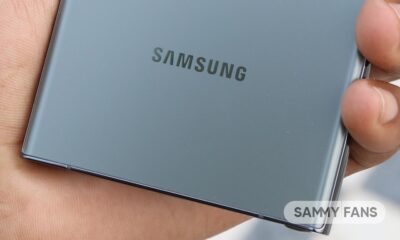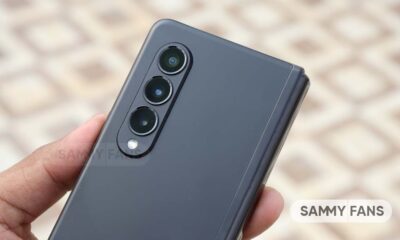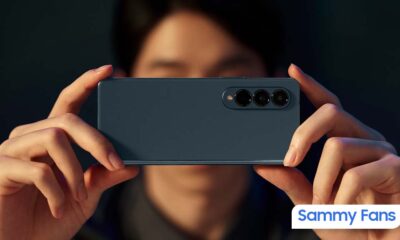News
Here’s why the Pope and Vatican City’s Swiss Guards use Samsung Galaxy
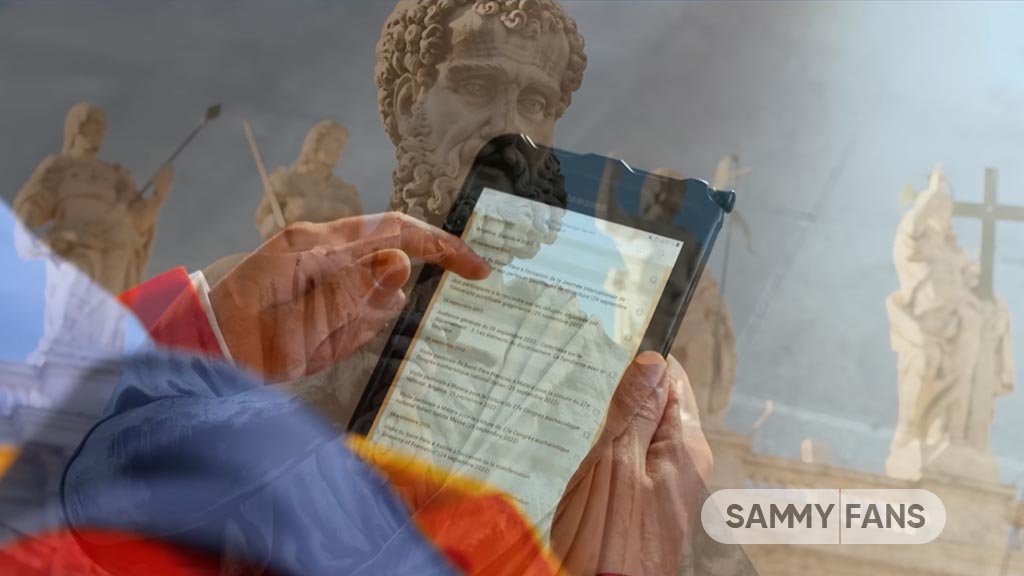
The Pontifical Swiss Guard (Guardia Svizzera Pontificia or GSP) is tasked with protecting the Pope and the Apostolic Palace in Vatican City, which is visited by an average of 25,000 tourists per day. But, do you know why the Pope and Vatican City’s Swiss Guards use Samsung Galaxy?
Follow our socials → Google News, Telegram, Twitter, Facebook
The name “Swiss” is attached to the name of the Vatican Guard, which has been protecting the Pope in the Vatican since the Renaissance in 1506. In the past, the Pope was protected with a spear, but now the Vatican Guard has modernized its tactics and technology and built a digital security system.
In this new environment, the Swiss Guard chose “Knox Suite”, a powerful mobile device management platform developed by Samsung for Galaxy devices. System administrators of the Pontifical Guard can remotely monitor and manage the location of all security devices, as well as remotely wipe data if a device is lost or stolen.
When a security threat is expected, the info can be shared in real-time on multiple devices owned by the Swiss Guards, and the patrol leader can check the deployment status of all members at a glance, which is effective in responding to emergency situations.

The Swiss Guards considered security as the top priority but also considered the durability of the product as important. Samsung’s rugged Galaxy devices, which focus on robustness, are IP68 rated, protecting devices from water and dust, and are resistant to tolerable shocks.
The Galaxy Tab Active 2 has improved touch feeling while wearing gloves considering the uniform of the guards, and the battery lasts for a long time and can be easily replaced, which is essential in emergency situations.
And the Galaxy Tab Active 3 is equipped with a high-resolution display and special keys for immediate access at important moments, such as ‘Push to Talk’, a radio communication method.
In addition, Samsung DeX, which provides an experience as if using a PC when connected to a monitor or TV, also supports work convenience. Lastly, the fact that you can receive continuous support in case of product problems has also become a reason for being chosen by the Swiss Guard with a history of hundreds of years.
News
Samsung is committed to raise investment in Vietnam

Samsung reiterated its commitment to raising investment in Vietnam. The company’s Chief Financial Officer recently met the Prime Minister of the country, ensuring him towards investment plans.
According to reports, Samsung pledged to boost its annual investment in Vietnam by $1 billion. This announcement showcases the company further strengthening ties with Vietnam responsible for half of its smartphone output.
Since Vietnam plays a pivotal role in the operations of Samsung, the official expressed hopes that the country’s business environment would continue to improve. Chinh also requested Park to help local firms enter Samsung’s supply chain.
In return, the Vietnamese PM confirmed to help Samsung do business in the country. The country is reportedly considering reforms to its business environment, administrative process, and regulations important.
Park said during the meeting that Samsung Electronics has already invested $22.4 billion in Vietnam so far and incorporated a total of 309 Vietnamese companies into its supply chain, a more than 12-fold increase from 2014.
Stay up-to-date on Samsung Galaxy, One UI & Tech Stuffs by following Sammy Fans on X/Twitter. You can also discover the latest news, polls, reviews, and new features for Samsung & Google Apps, Galaxy Phones, and the One UI/Android operating system.
Do you like this post? Kindly, let us know on X/Twitter: we love hearing your feedback! If you prefer using other social platforms besides X, follow/join us on Google News, Facebook, and Telegram.
News
Samsung may launch affordable Galaxy Z Flip phone next year
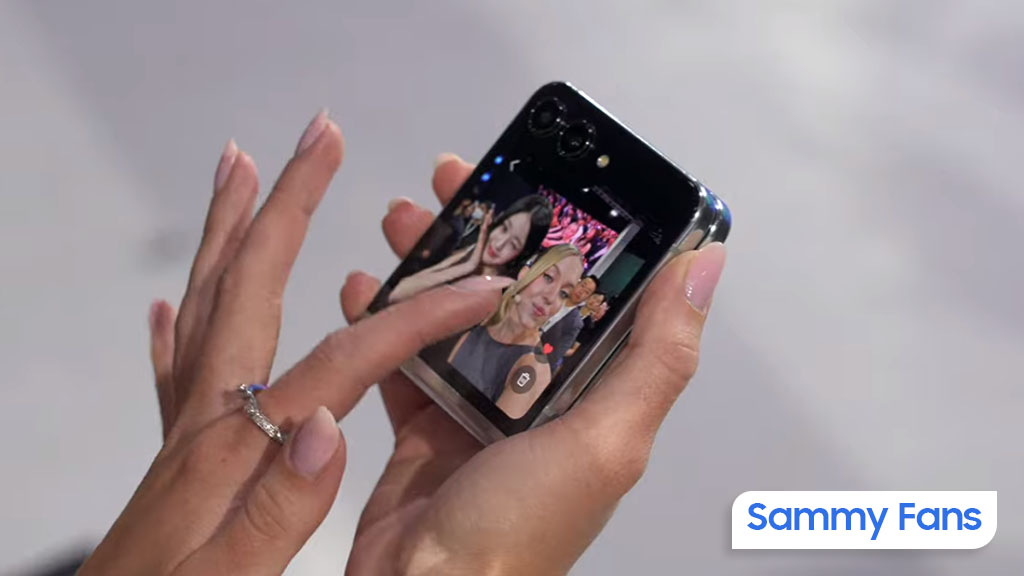
Samsung is considering to launch an FE-branded Galaxy Z Flip 7 next year. The company reportedly entered a review of plans to introduce an affordable foldable phone this year. There is speculation that the rumored Galaxy Z Fold 6 FE might not debut this year.
According to TheElec, Samsung has been planning to launch the Galaxy Z Flip 7 FE next year. It may be cheaper than the regular variant in favor of a downgraded display and processor. However, Samsung’s pricing strategy would be worth seeing for its first affordable Flip phone.
This year, the South Korean tech giant is expected to launch only two foldable phones. While there are no signs of a Galaxy Z Fold 6 Ultra, the Fan Edition may also be canceled in review. Therefore, an FE lineup of foldable phones – Flip and Fold will likely join the segment in 2025.
Samsung could hold the next Galaxy Unpacked on July 10 in Paris. At the event, the company may not only launch new foldable phones but the Galaxy Watch 7 series and Galaxy Buds 3 Pro could also be launched. Well, Samsung hasn’t officially confirmed the event so far.
We are also hearing that the Exynos 2400 might not be employed in the Galaxy Z Flip 6 this year. The company has reportedly tested it but the chip has failed to offer satisfactory results. This means the Galaxy Z Flip 6 will also use Snapdragon chip internationally.
Stay up-to-date on Samsung Galaxy, One UI & Tech Stuffs by following Sammy Fans on X/Twitter. You can also discover the latest news, polls, reviews, and new features for Samsung & Google Apps, Galaxy Phones, and the One UI/Android operating system.
Do you like this post? Kindly, let us know on X/Twitter: we love hearing your feedback! If you prefer using other social platforms besides X, follow/join us on Google News, Facebook, and Telegram.
News
Samsung Galaxy S25 Ultra to ship with 16GB RAM just like the S20 and S21 Ultra!
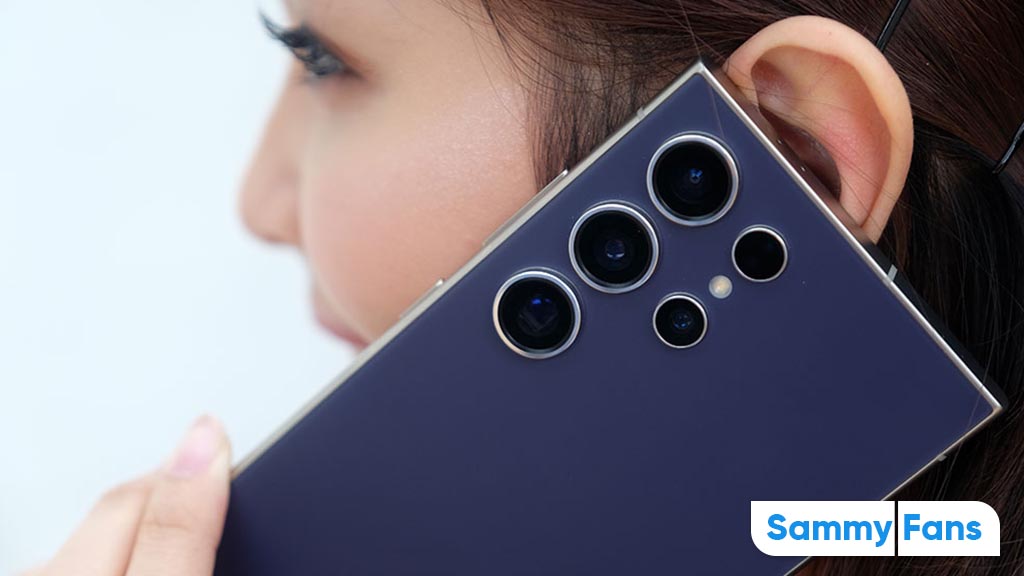
Samsung is rumored to bring 16GB RAM to the Galaxy S25 Ultra. It’s going to be a big upgrade over the recently released flagship phones by Samsung. Meanwhile, it shows the company is taking a U-turn on its decision to reduce the RAM, starting with the S22 Ultra.
Chinese vendors continue to increase RAM on their flagships. Samsung has either reduced or stuck with the same configuration. Well, a major shift seems to be loading, with Samsung Galaxy S25 Ultra being equipped with 16GB RAM, keeping the base storage unchanged.
X user Sawyer Galox claims that the Galaxy S25 Ultra could have increased RAM than the S24 Ultra. The input is based on what specifications are being tested on the prototype model. Notably, Samsung’s S20 Ultra and S21 Ultra debuted 16GB RAM variants.
Starting with the Galaxy S22 Ultra, the South Korean tech giant has reduced the RAM to 12GB. This continued with the Galaxy S23 Ultra and Galaxy S24 Ultra. As Gemini Nano v2 is also rumored to be available in the next flagships, more RAM may be required.
Galaxy S25 Ultra
• 12GB + 256GB
• 16GB + 512GB
• 16GB + 1TB• 6.9 inch
Confirmed in prototype 3 ✅️
— Sawyer Galox (@Sawyergalox) May 8, 2024
Apart from this, a new design language is expected to be introduced with the Galaxy S25 series. After following its signature design from the Galaxy S22 Ultra, the company’s next Ultra flagship would finally bring a much-anticipated design refresh.
As far as other specifications are concerned, an upgraded display with 3000 nits of peak brightness and Snapdragon 8 Gen 4 for Galaxy will likely come. The camera department may also be enhanced with the arrival of enhanced image sensors.
Stay up-to-date on Samsung Galaxy, One UI & Tech Stuffs by following Sammy Fans on X/Twitter. You can also discover the latest news, polls, reviews, and new features for Samsung & Google Apps, Galaxy Phones, and the One UI/Android operating system.
Do you like this post? Kindly, let us know on X/Twitter: we love hearing your feedback! If you prefer using other social platforms besides X, follow/join us on Google News, Facebook, and Telegram.



